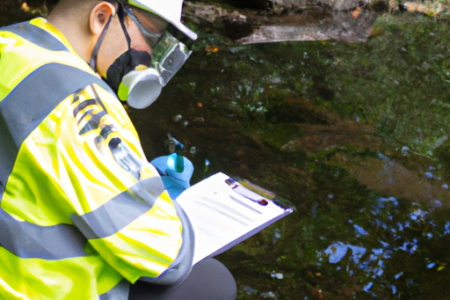downtime. By catching issues early, companies can avoid unexpected breakdowns, reduce repair costs, and ensure that their equipment is always operating at optimal levels.
In addition to preventing equipment failures, inspections also contribute to maximizing equipment reliability. Over time, equipment may experience a decrease in performance due to factors such as wear and tear, inadequate maintenance, or aging components. Regular inspections allow maintenance teams to identify and address these issues, ensuring that equipment is properly maintained and functioning at its best. This not only reduces the chances of sudden breakdowns but also extends the lifespan of the equipment, providing long-term cost savings for the company.
Furthermore, inspections are crucial for maintaining a safe working environment. Equipment failures can result in accidents and injuries, posing risks to employees and damaging company property. By conducting regular inspections, potential safety hazards can be identified and resolved promptly, ensuring that a high level of safety is maintained at all times. This not only protects the well-being of employees but also helps to avoid legal and financial consequences for the company.
In conclusion, regular inspections are essential for minimizing equipment failures, reducing downtime, and maximizing equipment reliability. By identifying and addressing issues early on, companies can prevent costly breakdowns, extend the lifespan of their equipment, and maintain a safe working environment. Incorporating inspections into a comprehensive maintenance program is a proactive approach that pays off in terms of operational efficiency, cost savings, and employee safety.





